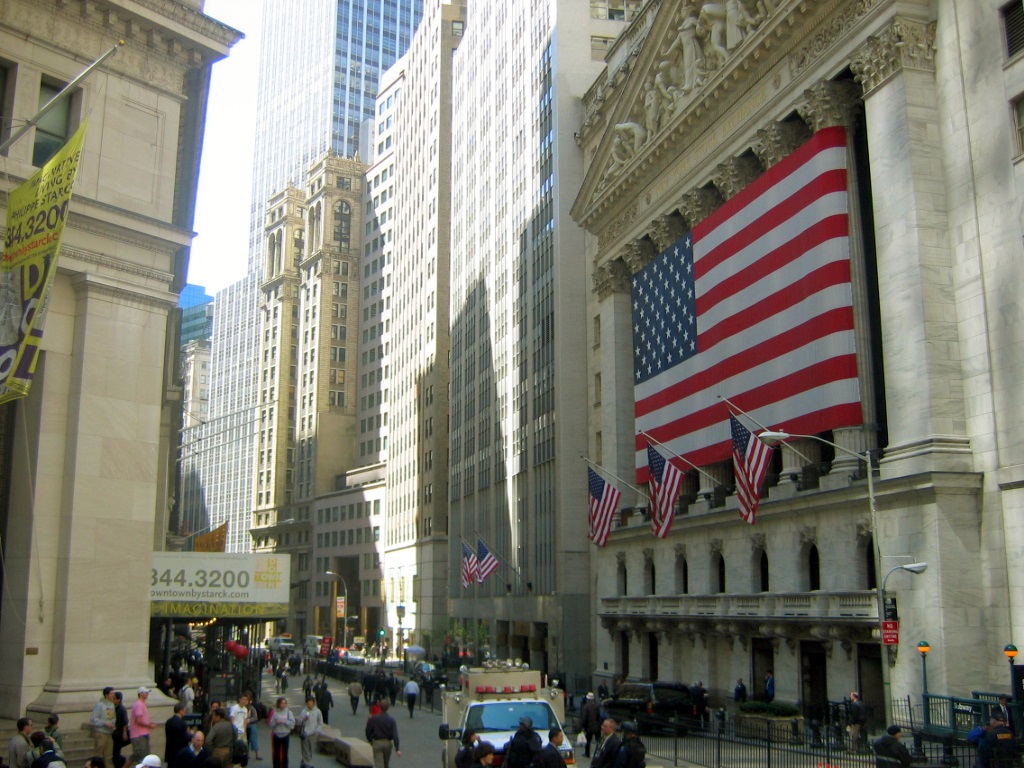
Food Security: A Hostage to Wall Street
In October of last year, World Food Day celebrated ‘Family Farming: Feeding the world, caring for the earth’. According to the UN Food and Agriculture Organization’s website, the family farming theme was chosen to raise the profile of family farming and smallholder farmers. The aim was to focus world attention on the significant role of family farming in eradicating hunger and poverty, providing food security and nutrition, improving livelihoods, managing natural resources, protecting the environment, and achieving sustainable development, especially in rural areas.
June 29, 2015 | Source: Counter Punch | by Colin Todhunter
In October of last year, World Food Day celebrated ‘Family Farming: Feeding the world, caring for the earth’. According to the UN Food and Agriculture Organization’s website, the family farming theme was chosen to raise the profile of family farming and smallholder farmers. The aim was to focus world attention on the significant role of family farming in eradicating hunger and poverty, providing food security and nutrition, improving livelihoods, managing natural resources, protecting the environment, and achieving sustainable development, especially in rural areas.
Family farming should indeed be celebrated because it really does feed the world. This claim is supported by a 2014 report by GRAIN, which revealed that small farms produce most of the world’s food.
Around 56% of Russia ‘s agricultural output comes from family farms which occupy less than 9% of arable land. These farms produce 90% of the country’s potatoes, 83% of its vegetables, 55% of its of milk, 39% of its meat and 22% of its cereals (Russian Federation Federal State Statistics Services figures for 2011).
In Brazil, 84% of farms are small and control 24% of the land, yet they produce: 87% of cassava, 69% of beans, 67% of goat milk, 59% of pork, 58% of cow milk, 50% of chickens, 46% of maize, 38% of coffee, 33.8% of rice and 30% of cattle.
In Cuba, with 27% of the land, small farmers produce: 98% of fruits, 95% of beans, 80% of maize, 75% of pork, 65% of vegetables, 55% of cow milk, 55% of cattle and 35% of rice (Braulio Machin et al, ANAP-Via Campesina, “Revolucion agroecologica, resumen ejectivo”).
In Ukraine, small farmers operate 16% of agricultural land, but provide 55% of agricultural output, including: 97% of potatoes, 97% of honey, 88% of vegetables, 83% of fruits and berries and 80% of milk (State Statistics Service of Ukraine. “Main agricultural characteristics of households in rural areas in 2011″).
Similar impressive figures are available for Chile, Hungary, Belarus, Romania, Kenya, El Salvador and many other countries.
The evidence shows that small peasant/family farms are the bedrock of global food production. The bad news is that they are being squeezed onto less than a quarter of the world’s farmland and such land is under threat. The world is fast losing farms and farmers through the concentration of land into the hands of rich and powerful speculators and corporations.
The report by GRAIN also revealed that small farmers are often much more productive than large corporate farms, despite the latter’s access to various expensive technologies. For example, if all of Kenya’s farms matched the output of its small farms, the nation’s agricultural productivity would double. In Central America, it would nearly triple. In Russia, it would be six fold.
Yet in many places, small farmers are being criminalised, taken to court and even made to disappear when it comes to the struggle for land. They are constantly exposed to systematic expulsion from their land by foreign corporations, some of which are fronted by fraudulent individuals who specialise in corrupt deals and practices to rake in enormous profits to the detriment of small farmers and food production.
